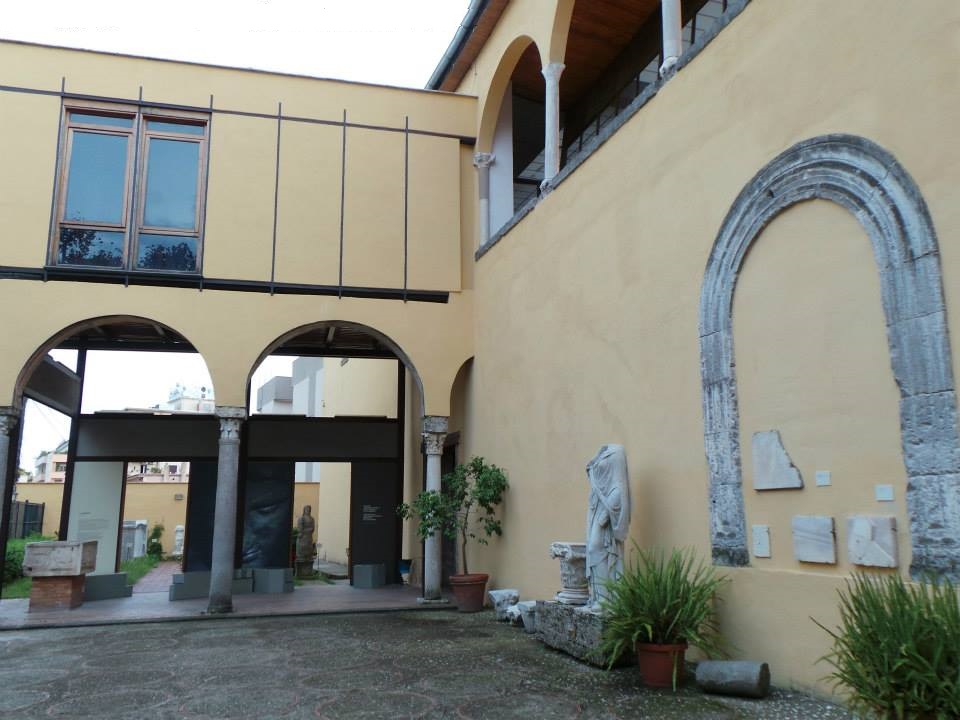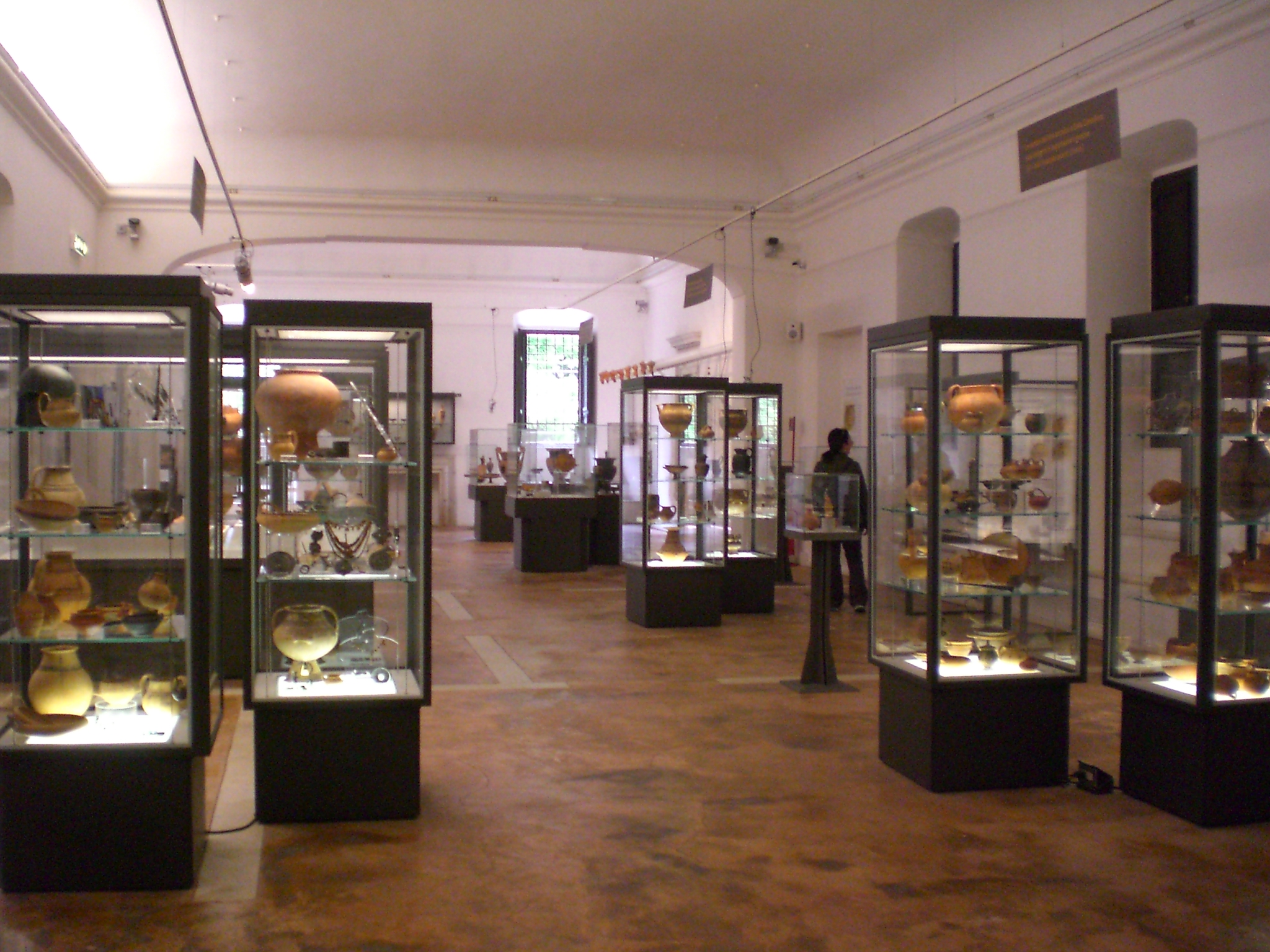



The Provincial Archaeological Museum of Salerno reopened in February 2013 and from 9 July 2013 the Cultural Foundries association manages the services to the public, hospitality, educational activities and the enhancement of the museum.

Inaugurated on 28 October 1928 inside the Government Palace, the current seat of the Province of Salerno, the Provincial Archaeological Museum has had several locations over the years. In 1939, following the outbreak of the Second World War, the Museum was moved to the Casina dell'Orto Agrario, to return once the war was over to its previous location, where it remained until 1964, when the then director Venturino Panebianco chose the complex of San Benedetto as the definitive seat. The first installation of the museum complex was conceived and built in the seventies by the well-known architect Ezio de Felice. The maintenance and restyling works completed in February 2013 have re-proposed an exhibition setting that respects the philosophy of restoration and the original design.
The Exhibition Path
To welcome the visitor upon his arrival, in the garden in front of the Museum, there is the lapidary with Roman remains, in particular statues, figurative reliefs and honorary bases. Inside, however, the archaeological exhibition is structured on two floors, following both a chronological and a topographical path. On the ground floor is in fact set up the section "Archaeological Province", which collects the most important finds from all over the provincial territory of Salerno. A path that re-proposes the main cultural currents that have established themselves in Campania from prehistoric times to Roman times, with a focus on aspects of male and female costumes.

The first floor, on the other hand, is almost entirely dedicated to the Etruscan-Campanian Samnite site of Fratte, currently located on the northern outskirts of the city, dating from the end of the 6th to the 1st century AD. C. The itinerary, which illustrates the history of the site also in light of the recent archaeological investigations conducted by the University of Salerno, is structured in two parts: the town and the necropolis, with a focus on the myth of Heracles. On the same floor a room dedicated to the bronze head of Apollo (1st century BC - 1st century AD), an extraordinary find that has become the symbol of the Museums of the Province of Salerno. The itineraries are enriched by multimedia installations, which reconstruct the settlement of Fratte, the ancient routes of the Mediterranean and reproduce the atmosphere of the discovery of the famous head of Apollo.
The Complex of San Benedetto
The Complex of San Benedetto was built between the 7th and 9th centuries, on the plateau called "Hortus magnus", on the eastern walls of the defensive system built by Arechi II. In 930 the monastery assumed the rank of abbey. Important historical figures were housed within its walls, such as Abbot Desiderio, future Pope Victor III and Gregory VII, who died here. The monastery, passed over the years by the Benedictines to the Olivetans following the Napoleonic laws, was suppressed in 1807 and transformed into a military district, while the church was used as a Royal Theater to be returned to the Curia only a century later. Currently, several parts of the Romanesque quadriporticus and the Renaissance loggia of the “Castelnuovo Reale”, belonging to the palace of Queen Margherita of Durazzo, have been preserved.

Mail: [email protected]
Provincial Archaeological Museum
Address: Via San Benedetto 28 | 84122 Salerno
Phone: 089 231135
Site:
http://www.museoarcheologicosalerno.it/Location inserted by
Annalisa Giordano